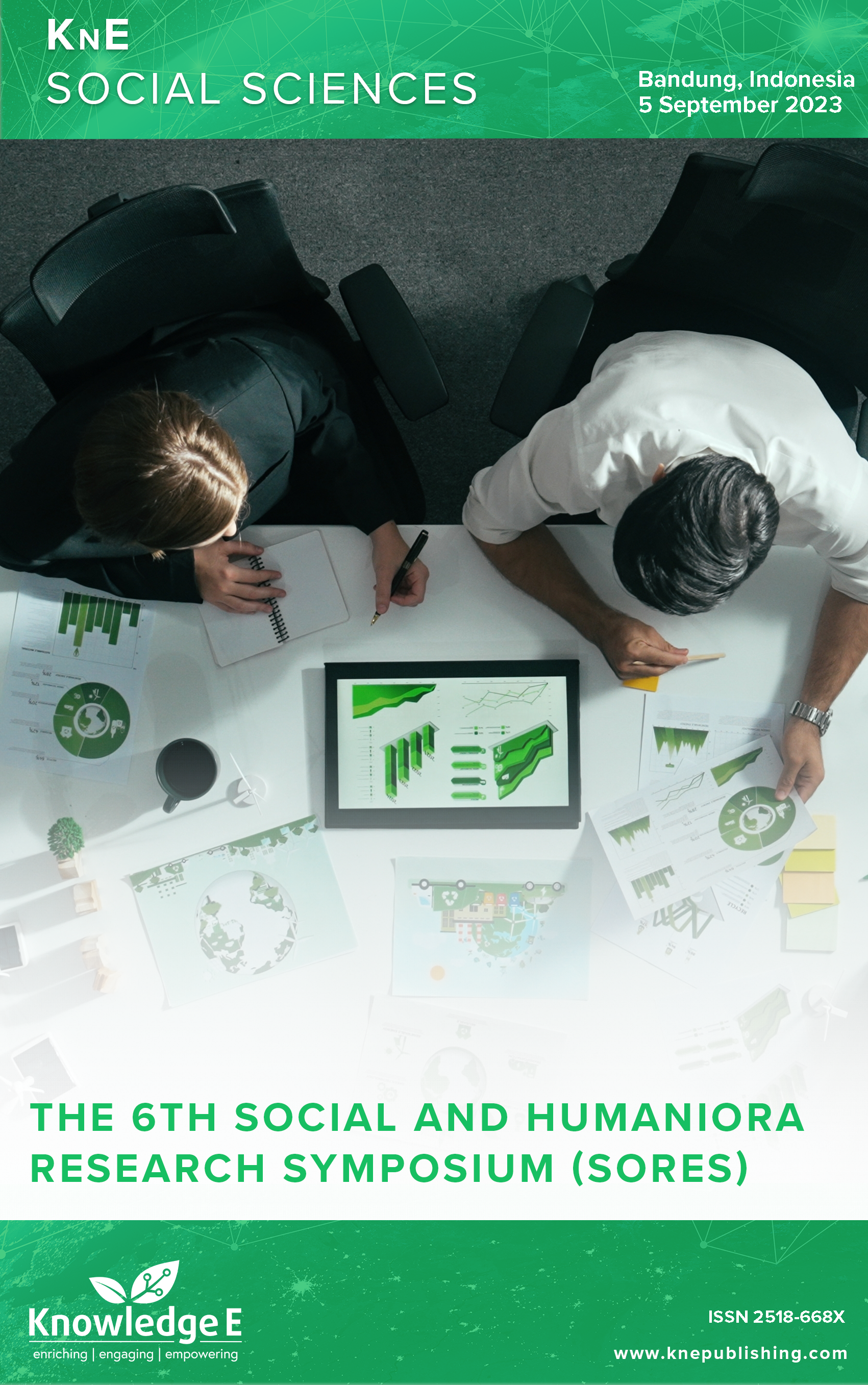Economic Empowerment of Micro, Small, and Medium Enterprises (MSMEs) in the Leather Industry through Black Soldier Fly (BSF) Magot Cultivation
DOI:
https://doi.org/10.18502/kss.v9i24.16818Abstract
The leather processing industry always experiences growth every year. However, at the stage of processing leather to become raw material for a product, it produces a lot of solid waste containing hazardous materials used during the process. The resulting hazardous materials can cause pollution to the surrounding environment. Hence, there needs to be a solution to handle this solid waste, so that it does not pollute the surrounding environment. Magot Black Soldier Fly (BSF) cultivation training is a technique that can be used as a solution to process solid waste from the leather tanning industry so that it has high selling value. In a study, BSF cultivation shows circular economic results and future opportunities for investors, which will lead to increased demand. The cultivation of BSF as an alternative for processing waste into organic fertilizer and animal feed is a promising technology. It is worth inoculating, especially in countries that have low incomes with expensive fertilizer and animal feed costs. BSF maggot cultivation training was conducted for MSME players in the Sukaregang leather industry in the Garut district. The results of the evaluation were that 99% of the training activity participants felt that the training provided was very targeted and the material provided was appropriate, and easy to understand. So it can be concluded that the training provided is appropriate and beneficial for leather industry MSMEs, whoever participates.
Keywords: BSF, economic empowerment, leather industry
References
[2] Li Y, Guo R, Lu W, Zhu D. Research progress on resource utilization of leather solid waste. J. Leather Sci. Eng. 2019;1(1):1–17.
[3] V. Muralidharan, S. Palanivel, and M. Balaraman, “Turning problem into possibility: A comprehensive review on leather solid waste intra-valorization attempts for leather processing,” J. Clean. Prod., vol. Volume 367, 2022, https://doi.org/10.1016/j.jclepro.2022.133021..
[4] Sivaram NM, Barik D. Toxic waste from leather industries. Elsevier Ltd.; 2018.
[5] Appala VN, Pandhare NN, Bajpai S. Biorefining of leather solid waste to harness energy and materials—A review. Biomass Convers Biorefin. 2022;(April): https://doi. org/10.1007/s13399-022-02455-8.
[6] Rudiawan I. “APKI : Budidaya Maggot Harapan Baru Atasi Limbah Kulit,” rri, 2023. https://www.rri.co.id/bandung/bisnis/176382/apki-budidaya-maggotharapan- baru-atasi-limbah-kulit?utm_source=news_main&utm_medium= internal_link&utm_campaign=General Campaign.
[7] Beesigamukama D, Mochoge B, Korir N, Menale K, Muriithi B, Kidoido M, et al. Economic and ecological values of frass fertiliser from black soldier fly agro-industrial waste processing. J Insects Food Feed. 2022;8(3):245–54.
[8] Ferdousi L, Sultana N, Bithi UH, Lisa SA, Hasan MR, Siddique MA. Nutrient Profile of Wild Black Soldier Fly (Hermetia illucens) Prepupae Reared on Municipal Dustbin’s Organic Waste Substrate. Proc Natl Acad Sci, India, Sect B Biol Sci. 2022;92(2):351–7.
[9] Mirwandhono RE, Sepriadi S, Wahyuni TH, Lestari A. An assessment of mass production and nutrient composition of Black Soldier Fly Maggot on different agriculture by-product to fermented growth media. IOP Conf Ser Earth Environ Sci. 2022;1001(1):012011.
[10] Sari DA, Taniwiryono D, Andreina R, Nursetyowati P, Surya Irawan D. Utilization of Maggot Black Soldier Fly (BSF). Cultivation for Fish Feed; 2021. pp. 4031–5.
[11] Singh A, Kumari K. An inclusive approach for organic waste treatment and valorisation using Black Soldier Fly larvae: A review. J Environ Manage. 2019 Dec;251(September):109569.
[12] Beesigamukama D, Mochoge B, Korir NK, K M Fiaboe K, Nakimbugwe D, Khamis FM, et al. Low-cost technology for recycling agro-industrial waste into nutrient-rich organic fertilizer using black soldier fly. Waste Manag. 2021 Jan;119:183–94.

